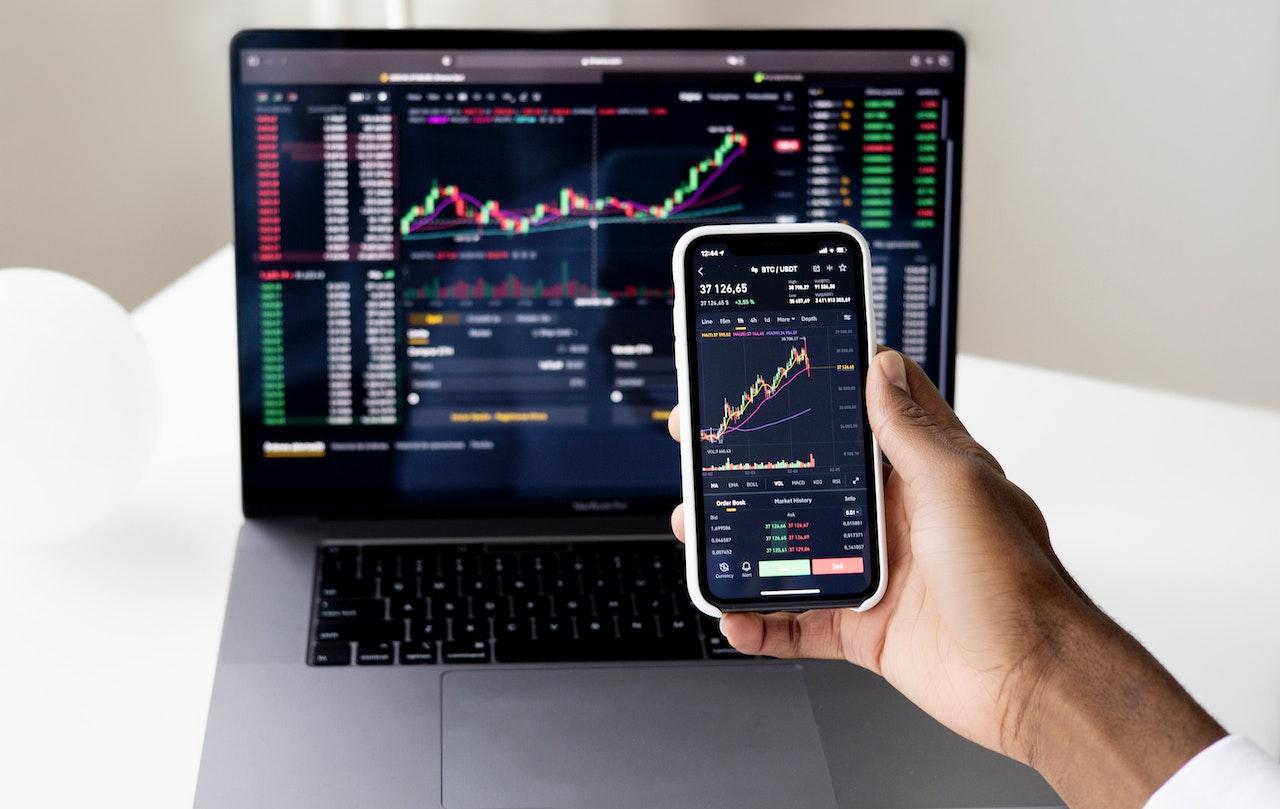How To Start A Global Business

Building a global business, whether from the ground up or expanding your current company overseas, is challenging but can be very rewarding. To increase your chances of success, you have to get export ready. Here are some best practices to follow and keys to success.
1. Create an export business plan.
Just like when starting a business, you should create an export business plan which defines your goals, strategies, competition, and more. The International Trade Association (ITA), which is part of the federal government, says your export business plan should:
- Identify the product or service to be exported and check its export potential
- Conduct market research about countries of interest
- Decide on a pricing strategy
- Determine how you will find buyers
2. What will you export?
The first step is to identify what you plan to export. Ask yourself these questions to help you formulate your plan:
- Are you going to export a product or a service? For new exporters, it is much easier to sell products to foreign markets. They typically have more universal appeal.
- Are you going to start with one product or several?
- Does your company sell a product that’s been successful in the domestic market? It’s easier to position your product for global sales if you’ve successfully sold it domestically.
- What demographics (age, gender, income, etc.) are you reaching in America? What foreign nations have similar demographics?
Once you’ve narrowed down the countries with the best fit for your products, find out which ones are the easiest to do business with. There are legal, financial, and logistical issues involved in selling overseas, and when starting out, you want the process to be as simple as possible.
3. Keep it simple.
For a novice exporter, it’s best to start small and simple. It’s easier to launch with one product than several, with the added burden of managing multiple inventories and pricing strategies.
Unless you have personal connections in a specific country and are fluent in the native language, the easiest place to start is in English-speaking countries with similar demographics and business practices, such as Great Britain, Ireland, New Zealand, Australia, and other UK nations. Canada is the country most similar to the U.S., and exporting there also simplifies the shipping process.
Outside of those nations, look for nations that are physically close (Central American countries and Mexico), ones with a government that promotes international trade, and where free trade agreements are in place.

4. Beware of barriers to entry.
The ITA says it’s likely you don’t need a license to sell products in other countries—“about 95% of all items exported from the U.S. don’t require an export license.”
Some nations restrict the goods that can be imported or impose tariffs on imported products. These can significantly impact your pricing strategy, so make sure you know the actual costs in any country where you plan to do business. Check out this tariff tool from the ITA.
The ITA says you may have to modify your product or its packaging to “meet foreign import regulations, cultural preferences, and [withstand] competition.” This can complicate the process and increase costs when starting out, so select countries where this isn’t necessary.
Whatever intellectual property protection (IPP) your product has in the U.S. does cover foreign countries. It’s essential to make sure your intellectual property rights are protected before entering a market.
5. How will you sell your products?
If you want to wholesale your goods (distribute your product through stores) in foreign markets, the easiest way is to find an international sales representative in your chosen country. Look for someone with experience in your industry.
Westworld Consulting says a good international rep “may become your partner for years, helping to establish and grow your overseas sales before you hire your own staff or establish a physical presence. A good representative will have the cultural awareness and understanding of doing business that you lack—they’ll know how to negotiate any nuisances or quirks in the market and give you a head start.”
To find a qualified international sales rep:
- Contact your local chamber of commerce since their job is to promote members’ businesses globally and domestically
- Use ITA’s International Partner Search Tool
- Attend trade shows, both in the U.S. and in foreign markets. Focus on shows in the country you’re seeking distribution in. Check out ITA’s trade show calendar and Trade Show News Network.
- Go on trade missions which are led by teams from the Department of Commerce
- LinkedIn is the best social network to find B2B professionals
6. Don’t forget about online sales.
Creating an e-commerce website almost automatically opens your business to international sales. Customers can find you via search (while Google has a 92% share of the global search market, there are other search engines you should check out), online marketplaces like Amazon or Etsy, or social media channels.
You need to create a strong search engine optimization strategy to be found. Be sure to include search terms foreign consumers will likely use when looking for products like yours. Be clear about shipping costs, taxes to be collected, and return/exchange policies.
7. Price it right.
Setting prices for international sales isn’t as straightforward as domestic pricing. Start your pricing calculations with your cost of goods and add your industry’s typical markup. Then consider the extra expenses of doing business internationally, including shipping, tariffs, customs fees, sales reps’ commissions, business travel, etc. Also, will you need to hire an SEO or social media consultant? Will you need translation assistance? You need to consider all this before determining your final price.
What do similar items sell for in the countries you’re targeting? The ITA says you may be competing with much cheaper goods, but “U.S. products often compete better on quality, reputation, and service than on price.”
If you’re selling via your website or a marketplace like Etsy, state your prices in U.S. dollars.
8. Getting paid.
If you’re selling directly to consumers, the easiest way to get paid is to accept credit cards or PayPal payments on your website.
If you’re wholesaling goods, you’re taking more of a risk. Your bank’s international trade department can help you verify a foreign business’s reputation before shipping products.
There are payment methods that the ITA says may help lessen your risk exposure:
- Cash-in-Advance allows you to avoid credit risk because you get paid before the ownership of the goods is transferred. The most commonly used cash-in-advance options are wire transfers and credit cards, but escrow services are increasingly being used. Buyers of your products, however, do not consider this an attractive option.
- Letters of credit (LCs) are one of the most secure ways to get paid. An LC is a commitment by the buyer’s bank that payment will be made, provided that the terms and conditions stated in the LC have been met. An LC is particularly useful because you’re only concerned about the reliability of the bank (which is easier to find out) and not the buyer.
- Documentary collections are transactions where your bank is responsible for working with the buyer’s bank to collect the payments.

9. Plan for shipping.
If you sell large quantities of merchandise, hiring a freight broker or freight forwarder is your best bet. These companies handle shipping and customs issues for you ensuring your goods get to foreign customers without a hitch.
If you sell directly to consumers online, you can use DHL, FedEx, UPS, or the U.S. Postal Service to handle shipping.
Before you ship products, familiarize yourself with any packing, labeling, documentation, insurance requirements, and regulations of the countries you’re shipping to.
10. Focus on relationships.
As you interact with your foreign partners or customers, be patient and invest the time to develop trust. Communicate frequently—using email, videoconferencing, and in-person visits—to ensure that you and your overseas partners are on the same page.
11. Spread the word.
If you’re wholesaling products, your buyers are primarily responsible for marketing your goods. After all, your company is most likely an unknown brand to their customers.
But social media marketing can help you build your brand overseas. Having a social presence also helps if you sell directly to global consumers. The top U.S. social platforms, Facebook, Instagram, Pinterest, LinkedIn, and Twitter, also attract foreign consumers. More recently, TikTok has become a very effective sales platform.
Many countries also have their own social networks, so be sure to familiarize yourself with them.
12. Get professional help.
International trade can get complicated, so don’t try to go it alone. Hire an attorney familiar with international trade to prepare standard contracts, find a bank experienced in handling international payments, and take advantage of services offered by the federal government.
You can connect with ITA trade experts or get help from your SCORE mentor. Some additional questions you may want to discuss with them before you make the go/no go decision:
- If your international sales efforts are successful, does your small business have the production capacity to meet increased demand?
- Do you have the financial resources to support your global outreach, or will you need to find financing for international expansion?
This article originally appeared on Score.





